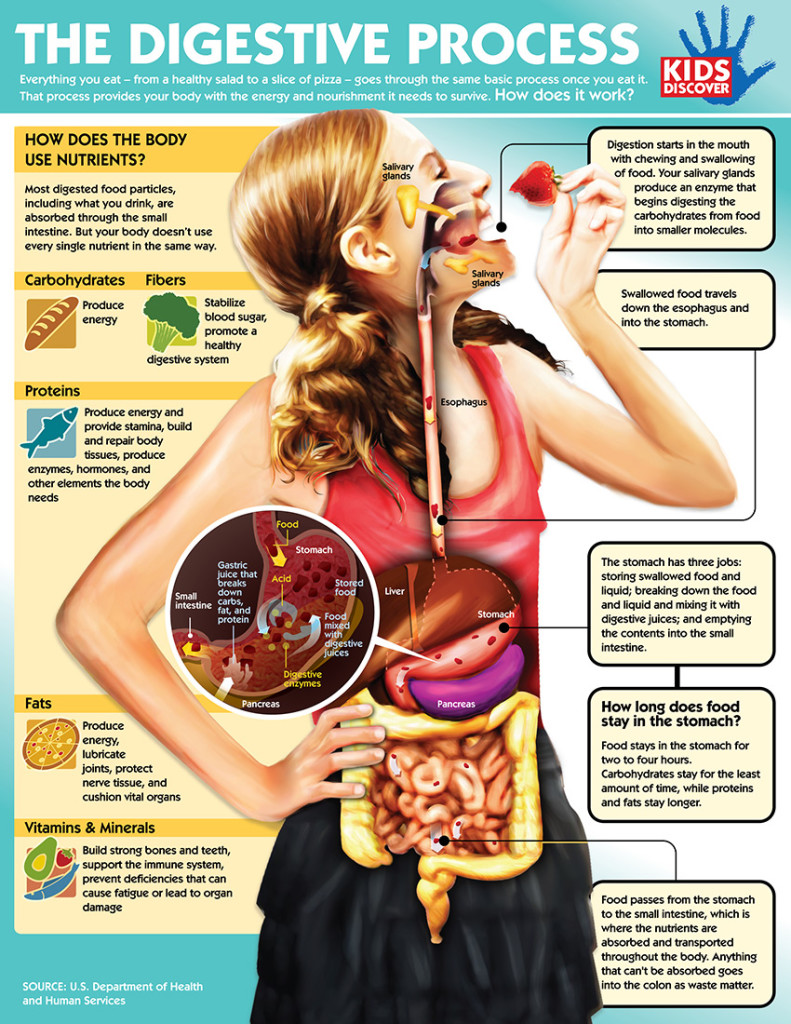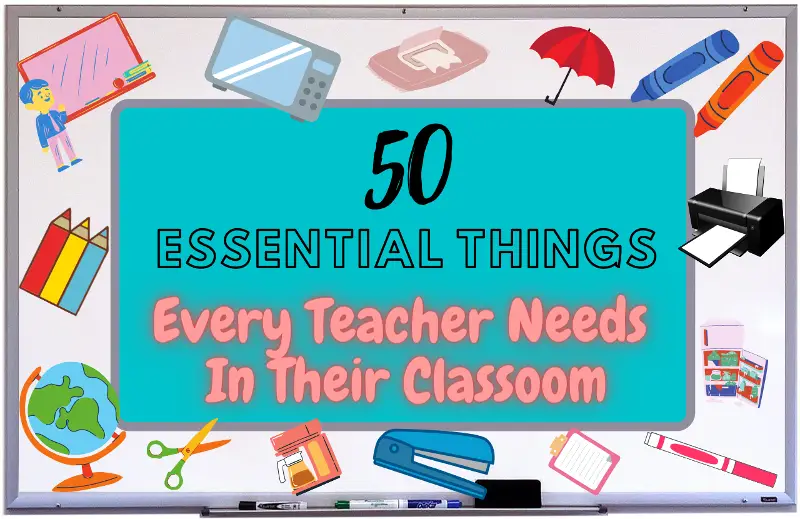| We are a participant in the Amazon Services LLC Associates Program, an affiliate advertising program designed to provide a means for sites to earn advertising fees by advertising and linking to Amazon.com. |

Digestive System Facts For Kids
Fun Facts About The Digestive System
Thank you so much for stopping by today and wanting to learn some digestive system facts for kids. The digestive system is extremely important and vital for our bodies to function properly. I think it’s important that we understand how our bodies work so that we always know what’s best for them. These facts about the digestive system for kids should give you a pretty good idea of how it all works so you understand what your body is doing.
Basically in a nutshell the digestive system is the part of your body that is responsible for breaking food down and making the nutrients capable of being absorbed into our body and the waste to be discarded from our body. Let’s go ahead and take a look at some really interesting and fun facts about the digestive system.
Also, please remember to share this article with the world! On the left there is a menu that makes it easy for you to share with your favorite social network!
Digestive System Facts For Kids
Fun Facts About The Digestive System
Let’s kick this off by going over the journey of food from the mouth to either being discarded or absorbed by the body. If you just want the facts you can skip this part, there is a whole section devoted to just facts.
Check out the diagram below so you can associate the parts of the body with what we are talking about.


We are going to break down the food journey into 5 different steps. Let’s get started!
1. Mouth – Chewing Up Food
The saliva in your mouth will help break down the food when you are chewing it up. This is only the beginning of the process of breaking down the food. This will make the food mushy and become easier to swallow. The teeth help chew the food up while your tongue is moving the food around to help break it down. Thew chewed up food is now called bolus. When it’s mushy enough the tongue helps push the food down the first part of your throat.
2. Down The Esophagus Pipe
Your esophagus is about 25 centimeters long and it’s a stretchy pipe. The tongue pushes the food or bolus to the opening of the esophagus. At the back of the throat things get a little complicated, there are two openings. One opening is your wind pipe and the other is your esophagus. Obviously, we don’t want food going down the wind pipe. To make sure no food goes down the wind pipe there is a small flap that helps direct the food down the esophagus called the epiglottis. If you eat too fast you can swallow air while the food is going down the esophagus, when this happens you get a burp. Now the food is traveling down the esophagus, which should only take 2-3 seconds.
3. Arriving To The Stomach
The food has now passed through the esophagus and arrives at the stomach. The stomach has kind of a funny shape, it looks like the letter J. The stomach is an incredibly important part of the digestive system, it’s the home of all the mushed up food. There are 3 important functions that the stomach is responsible for. It breaks down the food to a liquid as well as it can, it stores the food and passes it on to the small intestine. The acidic gastric juices help break kill all the bacteria and break down the food. They are assisted by the strong muscles in the walls of the stomach.
4. Making Way Through The Small Intestine
Although it’s called the small intestine, it’s really not that small, it’s just smaller than the large intestine. It is a rather small tube that stretches as long as 22 feet in adults! The small intestine is going to be assisted by 3 other important organs to the digestive system facts for kids. The gallbladder, pancreas and liver will assist in further breaking down the food and distributing the nutrients such as vitamins, minerals, fats, proteins and carbs to where they need to go. The blood travels to the liver and the liver is able to filter out all the waste substance. The liver is a beast it’s the second largest organ in our bodies next to skin. It helps perform over 500 functions!
5. Going Through The Large Intestine
The large intestine is called that because it’s bigger than the small intestine. It’s not longer, but much larger around. If you spread out the large intestine it would only be about 5 feet long. It is responsible for separating the waste into solids and liquids then distributes it as feces.
There you have it, the journey of food through your body! Now let’s get down to business with some really cool digestive system facts for kids.
Digestive System Facts For Kids
Fun Facts About The Digestive System
Here is the part you have been waiting for! Check out these fantastic digestive system facts for kids!
♦ When looking at the digestive system there are a couple different types of digestion. You have chemical digestion which is the acids and enzymes in your body break foods down to liquids. The other is mechanical digestion which is your mouth breaking down large pieces to smaller more manageable pieces.
♦ Saliva contains an enzyme that helps break down starchy food. Without saliva it would be very difficult to break down foods at the mechanical digestion part.
♦ Our saliva glands can produce up to 1.5 liters of saliva each and every day!
♦ The gallbladder uses a chemical called bile to help break down dietary fat.
♦ The large intestine is around 5 feet long, or 1.5 meters.
♦ The average male small intestine is around 22-23 feet long or 6.9-7.5 meters. Strangely enough the women’s small intestine is longer on average closer to 23-24 feet.
♦ The small intestine uses enzymes that are produced by the pancreas.
♦ Although most would think most of the digestion occurs in the stomach, this is inaccurate. Most of it occurs in the small intestine. The stomach passes along a chemical called chyme with some enzymes that continue to break down the food where it is absorbed into the blood stream from the small intestine.
♦ Duodenum, ileum and jejunum are what the small intestine is composed of.
♦ It’s commonly believed that some animals (cows, giraffes and deer) have multiple stomachs, this is not true. They have stomachs that contain multiple compartments. It should also be noted that some animals like the, platypus, seahorse and lungfish do not have a stomach at all.
♦ The reason your stomach rumbles when you are hungry is mainly because your stomach is empty. You have wave like contractions in the muscles of the stomach and small intestine. These are perfectly normal and happen pretty much all the time. The reason you hear them when your hungry is because your stomach is empty. When it’s full the noise is muffled.
♦ The stomach is one tough customer. It secretes hydrochloric acid that helps break down the food and kill the bacteria associated with it. Hydrochloric acid is an extremely corrosive acid and the stomach has to produce a thick wall of mucus in order to prevent the acid from burning through the stomach walls.
♦ The stomach can expand pretty big. When empty it’s a pretty small organ but can expand to hold around 1.5 liters of food.
♦ You have muscles in your esophagus that perform a wave like contraction to get the food down the small tube. You could eat food upside down and it wouldn’t fall out because of this action.
♦ When you chew up food and it turns into a mushed up ball ready to be pushed down the esophagus, it’s called bolus.
♦ Once the food or bolus is swallowed it can take anywhere from 3-7 seconds to reach the stomach traveling through the esophagus.
♦ A full grown horses intestines can reach up to 90 feet long, wow!
♦ Birds have an extra compartment in their stomach just for storage. They can eat more food than their body can break down, this extra compartment saves the food for later.
♦ When you get the “butterflies” its from your body creating adrenaline. The body reacts to this by thinking it needs more blood, it pulls blood from the stomach creating this sensation.
♦ Sloths are definitely known for being very slow animals, well their digestion is no different. They can take up to a month to fully digest food they swallow.
♦ Food you eat will get cooled and heated up by your mouth until it reaches the optimal temperature for digesting.
Here is a great photo brought to us by Kids Discovery that breaks down the process and parts. Love it!
Digestive System Facts For Kids
Here are some cool things related to the digestive system and human body.
Here is some really cool stuff that you can check out that is related to the digestive system and human body. The human body is truly a wondrous thing, and it works like a well oiled machine. It’s fascinating to learn what’s actually going on inside there!
Digestive System Facts For Kids
Digestive System Video For Kids
If your more into watching videos, then this is for you. Here is an awesome video that demonstrates exactly how the digestive system works! It’s a great watch, and you will enjoy being able to watch this whole process play out on video!
[iframe: src=”//www.youtube.com/embed/s06XzaKqELk” frameborder=”0″ width=”100%” height=”315″ scrolling=”no”]
Digestive System Facts For Kids
Fun Facts About The Digestive System Conclusion
Wow, that was a lot of fun! I love learning about the human body. It’s amazing how well it works and how normal it is for it to work that way. It’s hard to believe that all those body parts have to work in unison all the time for something that seems so simple. These digestive system facts for kids will hopefully help you understand what’s going on under that skin of yours.
We have other great pages for you to visit now that you have learned some great digestive system facts for kids. We have a really cool page all about the strangest animals on the planet you probably didn’t know existed, check it out. Also, be sure to check out some of the pages below!
Lightning Facts For Kids
Tornado Facts For Kids
Digestive System Facts For kids
















